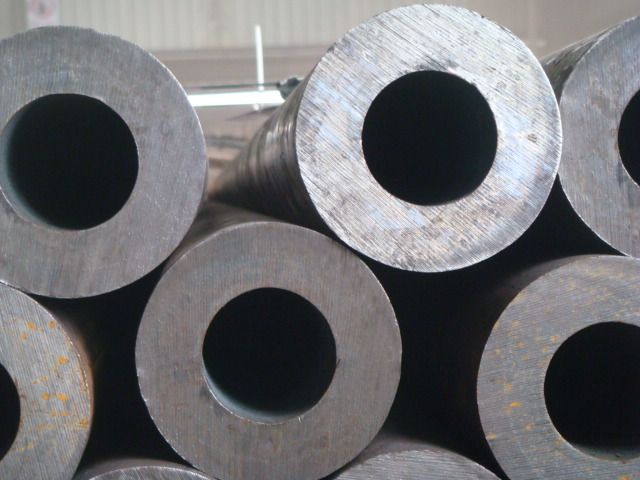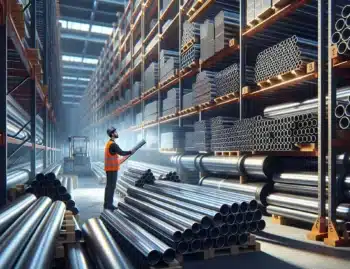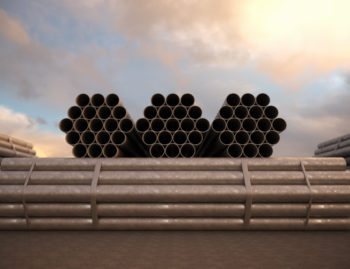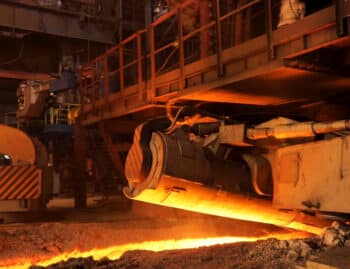
U.S. Steel production in the last week of August also reported an 80 percent capacity threshold, a 3 percent increase from previous years.
The following is a brief overview of these stories as well as some other developments that occurred within the American steel industry during the month of August.
Numerous financial analysts in August reported significant changes in the U.S. steel industry due to domestic steel price increases in response to greater demand and power outages which occurred in many integrated steel mills last month.
Analyst also believe the U.S. domestic steel industry is undergoing a major transformation because there are higher barriers of trade that divide the global markets.
The American Iron and Steel Institute reported on August 30th, 2014 that U.S. domestic steel production reached an estimated 1,913,000 tons, with a reported capability utilization rate of 79.5 percent. This was an increase of 55,000 tons from the 1,858,000 net tons reported in 2013.
It was also noted that despite increasing domestic steel production from the previous year to date, there was actually a 1 percent decrease from the previous week ending August 23rd.
These numbers still pale in comparison to China’s ever expanding steel industry which produced 200 million tons of raw steel in late 2012, only to increase that growth to 1.1 billion tons to date.
It was also widely reported on Friday, August 22nd, that the U.S. International Trade Commission applied tariffs to South Korea, India, Taiwan, Turkey, Ukraine and Vietnam. Prior to this legislation, these countries were adversely impacting the U.S. steel industry through the selling of oil-country tubular goods in the U.S. for much less than fair value. The U.S. International Trade Commission also found the Turkish and Indian governments guilty of subsidizing these corrupted imports.
Earlier in the month there was speculation that U.S. Steel stock could fall due to much conflict associated with the lack of tariffs on international imports, but with the passing of the new regulations, investors have grown substantially bullish on U.S. Steel stocks.
August 27th also marked the 95th anniversary of the day in 1919 when the Chairman of U.S. Steel. Elbert H. Gary, publicly announced the company would not deal with unions. The United States Steel Corporation was founded in 1901. At the time it represented the largest business enterprise ever launched.
This decision not to deal with unions had a long lasting impact on the steel industry, specifically in regards to collective bargaining rights, how unionized members of steel and iron industries operated and and how wages and working conditions would evolves within the industry. letter regarding wages, working conditions and the right of collective bargaining for the unionized members of the iron and steel industry.











